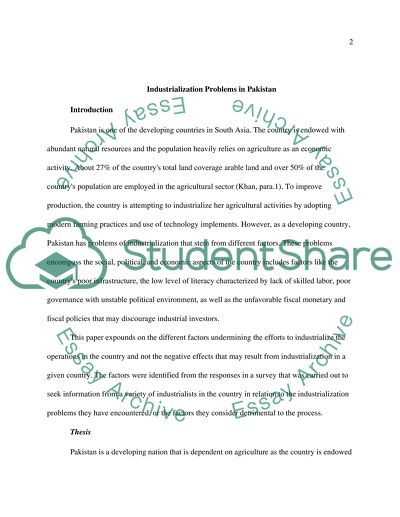Cite this document
(“Problems of Industrialization in Pakistan Essay”, n.d.)
Retrieved from https://studentshare.org/geography/1438461-problems-of-industrialization-in-pakistan
Retrieved from https://studentshare.org/geography/1438461-problems-of-industrialization-in-pakistan
(Problems of Industrialization in Pakistan Essay)
https://studentshare.org/geography/1438461-problems-of-industrialization-in-pakistan.
https://studentshare.org/geography/1438461-problems-of-industrialization-in-pakistan.
“Problems of Industrialization in Pakistan Essay”, n.d. https://studentshare.org/geography/1438461-problems-of-industrialization-in-pakistan.


